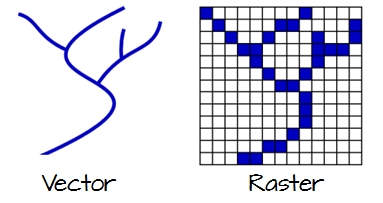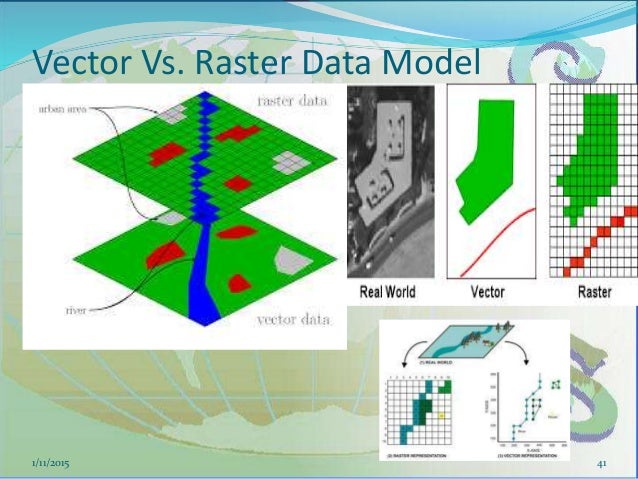
Both applications are necessary for gathering information on an area, but they provide different types of data. Wrapping Up On CAD and GISĬAD creates models of objects that developers will produce, while GIS recreates the world as it is. With the emergence of 3D GIS mapping softwares, there are now possibilities of merging the good parts of both GIS and CAD to create a powerful mapping tool. Meanwhile, CAD can show the effect of having new buildings around older ones. GIS can help facilities managers decide the best way to use certain areas. These systems also enable better facilities management. Map data provides developers with enough data to see how much space they can use. For example, if you are planning an expansion, you need to create a map of the premises on GIS and then design improvements on CAD. There are instances, though, when you have to use GIS and CAD for the same project. Since GIS creates maps and CAD creates objects, few roles will require you to use both of them regularly. People whose role involves one application typically do not need to be proficient in the other. It can also enable GIS analysts to create heat maps of the most popular routes and compute the most efficient routes between locations. By detecting changes over a time period, spatial and temporal GIS analysis is also possible. It can take the data from CAD and use it for answering quantitative questions.įor example, GIS can give you the amount of time it will take for a person to leave a building through its exit points. CAD lacks analytics capabilities, which is something GIS provides. Will One System Replace the Other?ĬAD and GIS address different needs, so it is unlikely for one to replace the other. On the other hand, CAD uses a manufacturing database containing data technicians generate during the designing phase, like part lists, material specifications, shape and dimensions, and more. On the one hand, GIS deals with geodatabases or cloud GIS softwares designed for collaborative data management. However, GIS uses vectors and rasters to represent geographical areas.įinally, CAD and GIS use different types of databases. The tools that both platforms use are also different-CAD creates layers and dimensions using circles, lines, and text.

Meanwhile, GIS maps existing structures using a spatial database. Anything that does not meet the standard goes through technical cleanups.Īnother difference between the two is that CAD creates models using coordinates relative to the object. For example, transforming a file from CAD to GIS would require you to read the CAD file and double-check the names of colors, line styles, levels, layers, and more. Since they organize information differently, it is challenging to facilitate data transfers between the two platforms. Meanwhile, operators can be more artistic when using CAD-it enables them to design to their specifications. It enables data management of particular schemas.

GIS deals with raster and vector data types.

The Difference between GIS and CAD Will One System Replace the Other? Wrapping Up On CAD and GIS The Difference between GIS and CAD


 0 kommentar(er)
0 kommentar(er)
